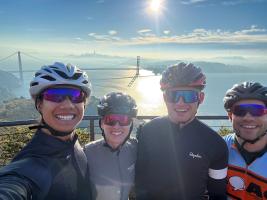
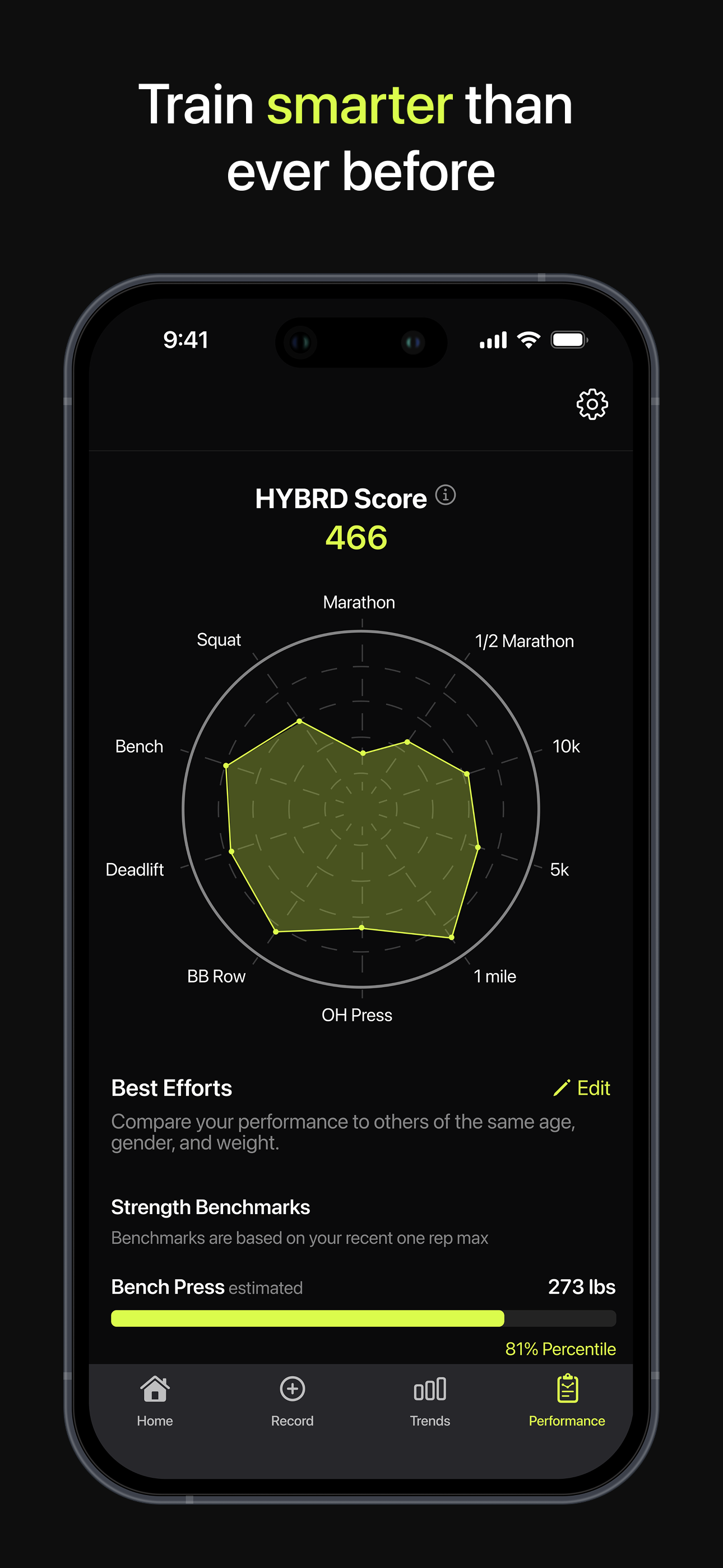 Modern athletes collect a lot of data. Whether they are professional, amateur or recreational, competitors often know just how fast they run, how much weight they can lift, and the changes in such metrics over time.
Modern athletes collect a lot of data. Whether they are professional, amateur or recreational, competitors often know just how fast they run, how much weight they can lift, and the changes in such metrics over time.
These days, the results are more likely logged on phones than printed-out spreadsheets. But the applications that compile and track fitness data don’t always get along, especially if they focus on different activities. Some apps are good at measuring speed and distance for runs, while others might log strength training or weightlifting.
A new app called HYBRD, built by a team of founders that includes two engineering alumni from the University of Virginia, is poised to change that, with some help from one of the nation’s most prestigious start-up incubators.
The app, HYBRD, can track an athlete’s progress and account for different types of exercise, or cross-training, and shares unique insights, as it has a fuller picture of the user’s workouts. It’ll also let users share those results, encouraging friendly fitness competition, even if one athlete is mostly a runner and the other primarily a powerlifter.
The modern athlete does more than just cardio.
“The modern athlete does more than just cardio,” said Caroline “Shoe” Shoemaker, one of the founders and the company’s COO. “This was us trying to solve a problem that we wished someone had solved for us.”
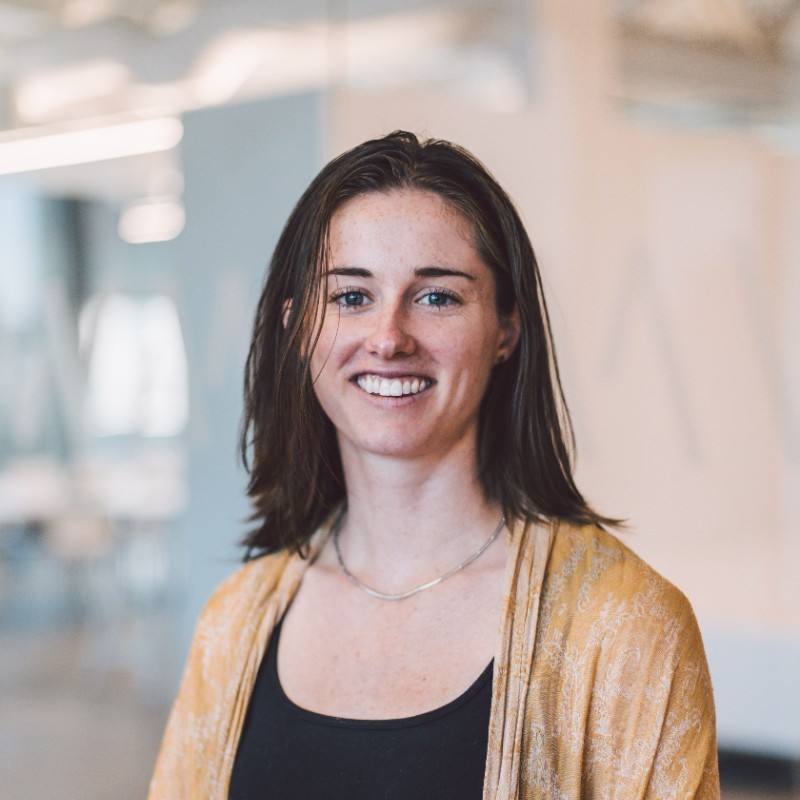
The four HYBRD founders include Shoemaker and CTO Matthew Ruiters, both 2017 graduates of the School of Engineering and Applied Science at UVA. Fresh off the most recent Y Cominbator fall batch, a prestigious accelerator program for start-up businesses, HYBRD is operating with an invite-only pool of paying customers ahead of a broad public launch April 21.
During a recent interview, Shoemaker and Ruiters said the idea for the app started when its founders — all high-level amateur athletes — realized there wasn’t a good solution for tracking different activities and comparing them.
Becoming a Builder
Even before they got to the Engineering School, Ruiters and Shoemaker were both interested in entrepreneurship. Growing up in suburban Pennsylvania, Shoemaker started her first business at 13, buying items from eBay that were poorly listed and reselling them with better descriptions.
“I was good at math and science, so my head was always engineering,” Shoemaker said. “My dad was an engineer, and I knew that’s what I would study, but I also knew I wanted a business twist on it.”
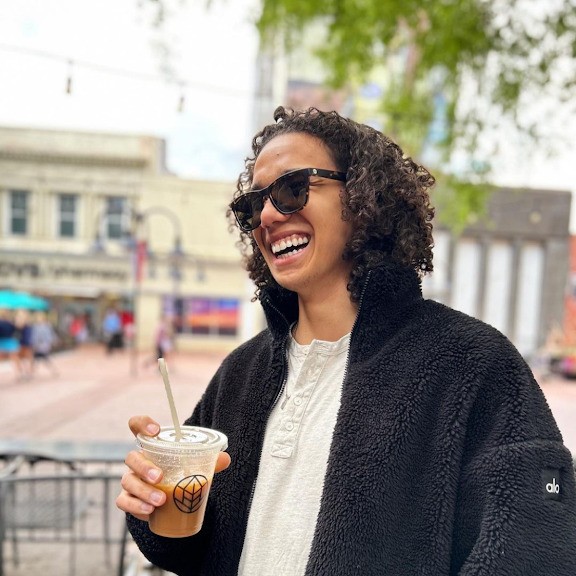
Ruiters, who grew up outside Washington, D.C., also had an early interest in starting a business, following an example set by his father. “When my family immigrated to the United States, it was in part because my dad wanted to build a company,” he said. “He actually started three companies: the first two failed, but he persisted and took the third to a successful exit. It was always a big influence for me.”
Early exposure to computer science courses in high school appealed to Ruiters, who, like Shoemaker, showed early aptitude for math and physics. As an undergrad, he built an Alexa app to tell him when the next UVA bus was arriving at his stop.
The classes at UVA gave you the freedom to create tech that could be used in the real world.
“I always liked tinkering and building things,” he said. “The classes at UVA gave you the freedom to create tech that could be used in the real world. For one project, in a computer engineering course, we built an electrocardiogram, or an EKG, to monitor for heart disease. We built the circuits from scratch and decided to stream the data to an iPhone app.”
After arriving on Grounds, Shoemaker was drawn to mechanical engineering as her major because of the hands-on work.
“For one project, we worked with a group of people to make a working gumball machine,” she recalled. “You have to put all the pieces together and work with others to create a functioning product. Going from “zero to one” on the business — creating something completely new from scratch — felt a lot like going from zero to one in a software sense, building HYBRD from nothing.”
It was a good example of the ways an engineering education develops problem-solving abilities, the most important skill in business, Shoemaker said.
Ruiters majored in computer engineering at UVA, honing his technical skills and developing his interest in coding and software development.
After graduation, both worked at different technology companies: Ruiters in progressive roles with AWS, Amazon’s web services division, and Shoemaker at companies including Whoop, a wearable that collects biometric data, and at Appex, working in mobile applications.
The Birth of HYBRD
The idea for HYBRD started because Shoe, Ruiters and their cofounders — including CEO Ben Katz — thought there was an emerging market that wasn’t being served. They wanted to be able to share their health data with friends in a way that could be comparative, even if they were training differently.
“We were all tinkering on the side,” Shoemaker said. “We lift and we run, and we use spreadsheets to track our data. It was really Ben’s idea that we could build this and do this as a business.”
The group applied for Y Combinator in 2024, an incubator that works with a select group of start-ups each year to help them launch. They didn’t make it on the first try — a common fate for first-time applicants — but reapplied later in 2024. By that time, the founders had quit their jobs and dedicated themselves to HYBRD full time. They were successful and participated from September to December 2024.
Fueling the Next Wave
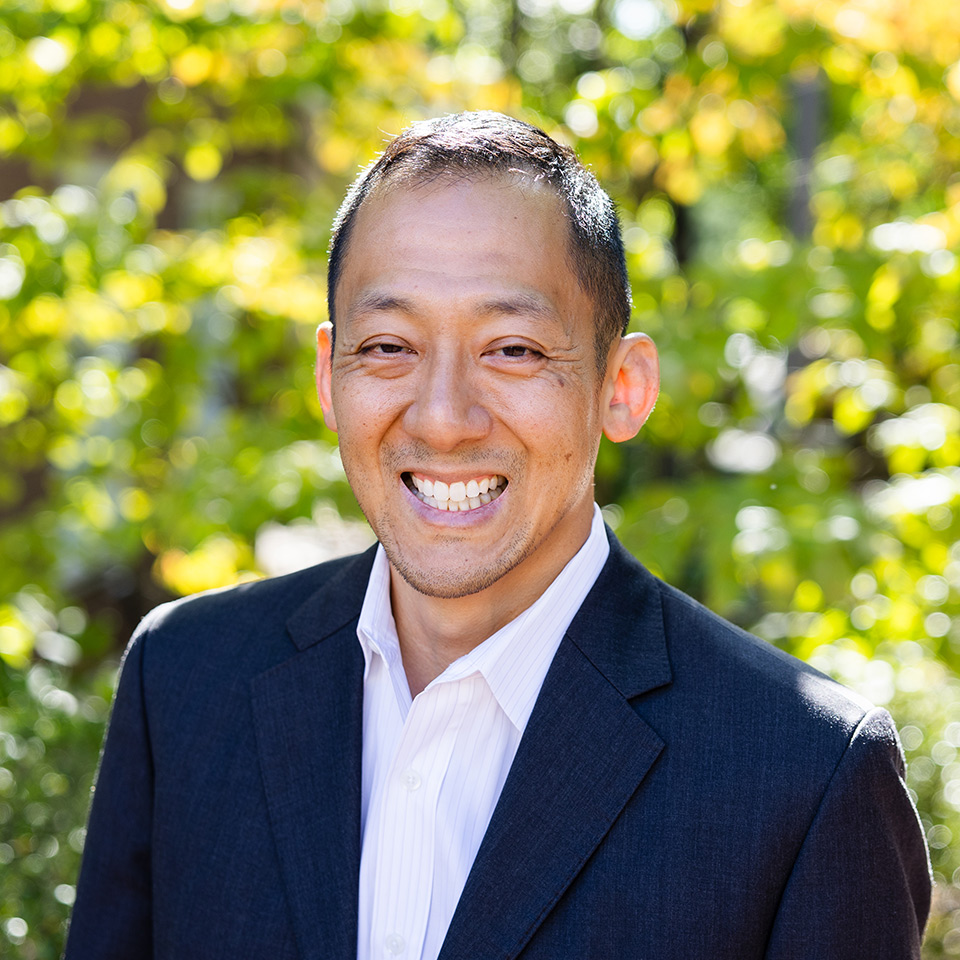
David Chen, assistant dean for entrepreneurship and innovation partnerships at UVA Engineering, said Shoemaker not only introduced him to Ruiters and other entrepreneurial UVA alumni, but shared her story with the school’s undergraduate VentureForward teams, a program designed to build entrepreneurship.
“Shoe is helping to build a robust ecosystem of entrepreneurs rooted in the School of Engineering and Applied Science,” he said.
In terms of advice for current UVA Engineering students interested in entrepreneurial careers, Shoemaker said the best advice is to just get started.
Just build something.
“Just build something,” she said. “Learning about business is not going to teach you business by itself. Just go do it. Especially today, there are so many AI tools to assist you. I would always choose engineering again for my studies, because that’s how you learn how to problem solve and how to build.”